can camellias be grown in central Texas?
junglejenny
19 years ago
Featured Answer
Comments (18)
forrestal
19 years agoCaseysMom
19 years agoRelated Professionals
Barrington Hills Landscape Architects & Landscape Designers · Clemson Landscape Architects & Landscape Designers · North New Hyde Park Landscape Architects & Landscape Designers · Fuquay-Varina Landscape Contractors · Huntington Landscape Contractors · Lady Lake Landscape Contractors · Lake Zurich Landscape Contractors · New Providence Landscape Contractors · Palm Beach Gardens Landscape Contractors · Rockland Landscape Contractors · Chatsworth Swimming Pool Builders · Clinton Swimming Pool Builders · Fontana Swimming Pool Builders · Pearland Swimming Pool Builders · West Palm Beach Swimming Pool Buildersforrestal
19 years agoluis_pr
16 years agomandi_s1
16 years agoaustinwildflower
15 years agoNoVaPlantGuy_Z7b_8a
15 years agoluis_pr
15 years agobarb_collins77_gmail_com
12 years agoluis_pr
12 years agotxcottagegardner
9 years agoluis_pr
9 years agojaceymae
6 years agoluis_pr
6 years agolast modified: 6 years agojaceymae
6 years agoluis_pr
6 years agolast modified: 6 years agojaceymae
6 years ago
Related Stories

GARDENING GUIDESGreat Design Plant: Cephalanthus Occidentalis
Buttonbush is an adaptable woody shrub with delightful pincushion flowers
Full Story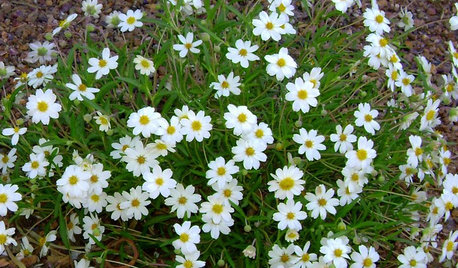
GROUND COVERSGreat Design Plant: Blackfoot Daisy for Prettier Dry Ground
Don’t let its delicate looks fool you. This ground cover can survive extreme cold and heat, and with little water to boot
Full Story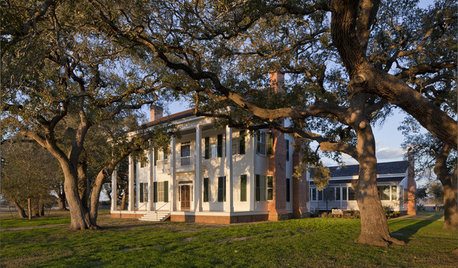
HOUZZ TOURSHouzz Tour: An 1850s Ancestral Home in Texas Rises Again
See how exacting research and meticulous renovations gave a retired couple their dream home on a regained family plantation
Full Story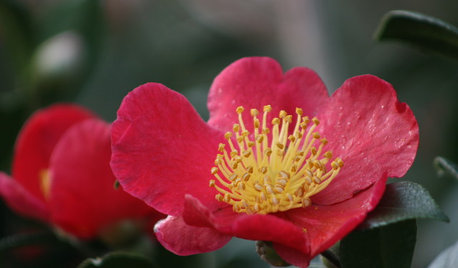
WINTER GARDENINGYes, You Can Enjoy Your Yard in December! Here's How
Garden writers around the U.S. share their favorite winter garden joys. See what to do in your region this month
Full Story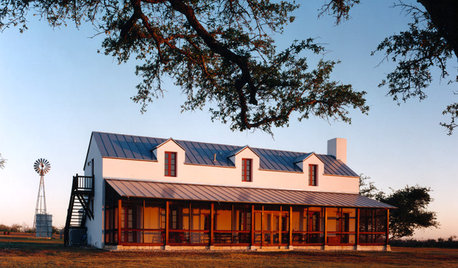
FARMHOUSESHouzz Tour: German Tradition Deep in the Heart of Texas
Rooted in architecture from the 1800s, this award-winning home mixes history with the vernacular of today
Full Story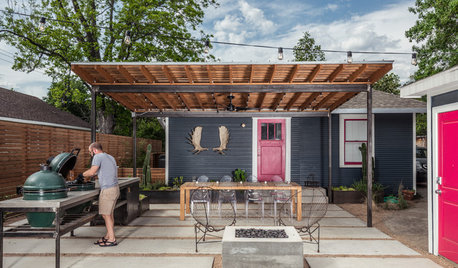
PATIOSA Modern Backyard Trumps the Texas Heat
New shaded areas offer a respite in an outdoor Houston living room, while a fire pit re-creates fond memories
Full Story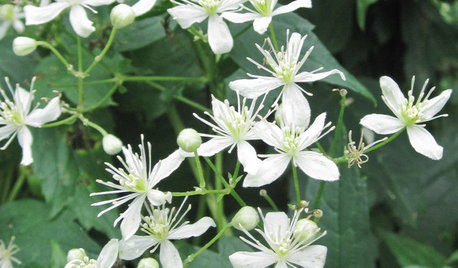
GARDENING GUIDESGreat Design Plant: Clematis Virginiana
Devil’s darning needles, a vigorous vine native to eastern North America, likes partial shade and many types of soils
Full Story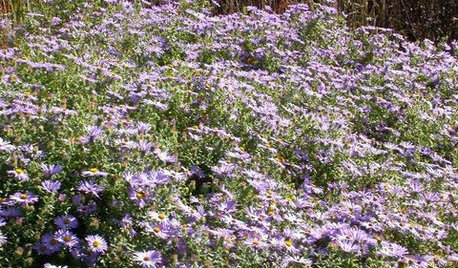
GARDENING FOR BUTTERFLIESGreat Design Plant: Aromatic Aster Keeps on Blooming
Tough as nails, drought loving, a deep fall bloomer ... this aster is a champ in sunny gardens
Full Story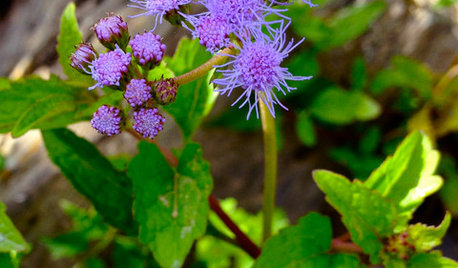
GARDENING GUIDESGreat Design Plant: Conoclinium Coelestinum
Blue mistflower is a critical late-season native for pollinators that blooms for weeks
Full Story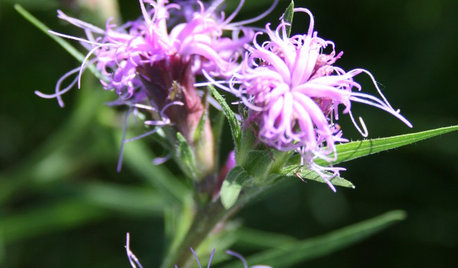
GARDENING GUIDESGreat Design Plant: Liatris Squarrosa
This big-bloomed, drought-tolerant native deserves a place in many butterfly gardens
Full StorySponsored
Franklin County's Preferred Architectural Firm | Best of Houzz Winner
More Discussions






austinwildflower